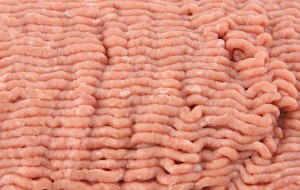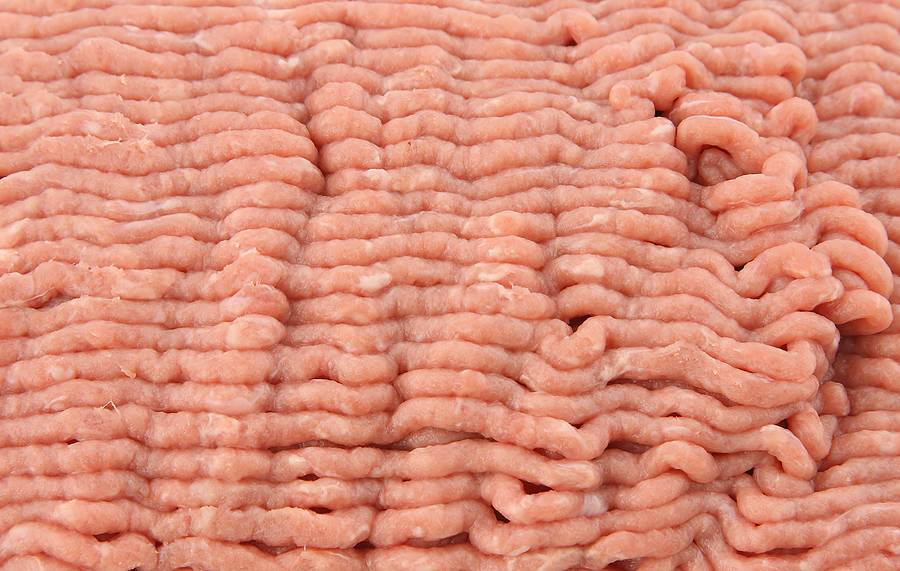The government is pushing the poultry industry to make their chicken and turkey a little safer with new standards aimed at reducing the number of cases of foodborne illness by 50,000 a year.
 The proposed standards announced Wednesday by the Agriculture Department apply to the most popular poultry products – chicken breasts, legs and wings, and ground chicken and turkey. They are voluntary but designed to pressure companies to lower rates of salmonella and campylobacter, another pathogen that can cause symptoms similar to salmonella, in their products.
The proposed standards announced Wednesday by the Agriculture Department apply to the most popular poultry products – chicken breasts, legs and wings, and ground chicken and turkey. They are voluntary but designed to pressure companies to lower rates of salmonella and campylobacter, another pathogen that can cause symptoms similar to salmonella, in their products.
Among the measures companies could take to reduce the rates of those pathogens: better screening of flocks and better sanitation.
The proposal would ask poultry producers to reduce the rates of salmonella in raw chicken parts from around 24 percent now to less than 16 percent, and campylobacter rates in raw chicken parts from 22 percent to 8 percent. Rates also would be reduced in ground chicken and turkey, and sampling would be done over a longer period of time to ensure accuracy.
The Agriculture Department says the standards could eventually reduce salmonella and campylobacter illnesses linked to raw poultry by about a quarter, or 50,000 illnesses a year.
“We are taking specific aim at making the poultry items that Americans most often purchase safer to eat,” said Agriculture Secretary Tom Vilsack.
Ashley Peterson of the National Chicken Council said the industry has already made improvements. She said poultry companies have been exploring options to reduce contamination, including strengthened sanitation programs, temperature controls and ways of processing.
Once the standards are put in place, “we will be meeting or exceeding the standards,” she said.
The standards come after a lengthy outbreak of salmonella illnesses linked to California chicken company Foster Farms, which sickened more than 600 people between March 2013 and July 2014. In 2013, USDA said inspectors at Foster Farms facilities had documented “fecal material on carcasses” along with poor sanitation.
Foster Farms took measures to improve its sanitation and screening, and the Centers for Disease Control and Prevention now says the company’s products have less than 5 percent salmonella.
Vilsack said the Foster Farms outbreaks led the department to realize it needed to be more focused on reducing salmonella in chicken parts. The department already had standards in place for whole carcasses, but not individual parts like breasts and wings. The new proposal would cover the parts, which the USDA says is about 80 percent of chicken available for purchase.
USDA also would make public which companies are meeting the standards or going beyond them, and which companies have more work to do, giving companies more incentive to comply.
The secretary said companies should realize that complying is good business. “It’s in the long-term best interest of the market to have safer food,” Vilsack said.
Consumer advocates have lobbied for more stringent standards, saying the sale of raw poultry contaminated with salmonella should be illegal. Current law allows raw poultry to have a certain amount of salmonella because it is so prevalent and is killed if consumers handle and cook the meat properly.
By comparison, it is currently illegal to sell meat contaminated with E. coli, which can cause severe illness or death.
Caroline Smith DeWaal of the Center for Science in the Public Interest said the proposed standards would be better if they were enforced.
“USDA can’t close a facility that fails to meet these standards,” she said.
Around a million Americans get sick from salmonella every year, and almost 20 percent of those illnesses are linked to chicken and turkey.
Was this article valuable?
Here are more articles you may enjoy.


 Abbott Presses Congress for Shield Over Preemie Baby Formula Litigation That Could Cost It Billions
Abbott Presses Congress for Shield Over Preemie Baby Formula Litigation That Could Cost It Billions  Zillow Deleting Climate Risk Scores Reveals Limits of Flood, Fire Data
Zillow Deleting Climate Risk Scores Reveals Limits of Flood, Fire Data  Toyota Unveils Concept LFA Supercar, and It’s Fully Electric
Toyota Unveils Concept LFA Supercar, and It’s Fully Electric  Atmospheric River to Flood Pacific Northwest Through Week
Atmospheric River to Flood Pacific Northwest Through Week 